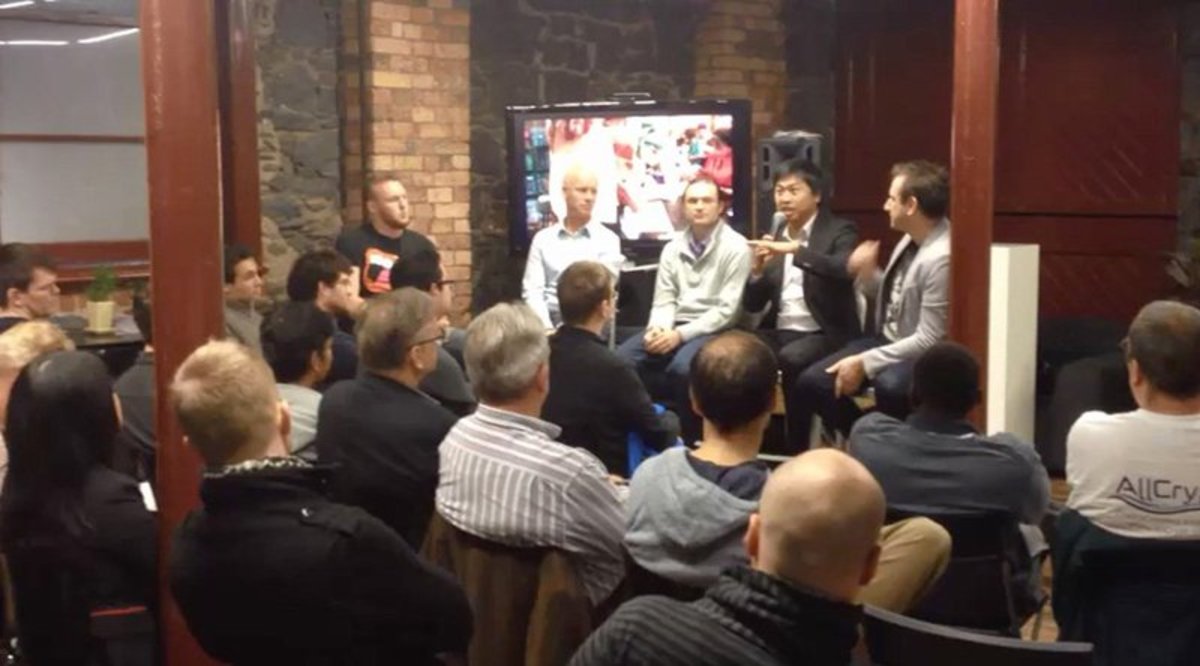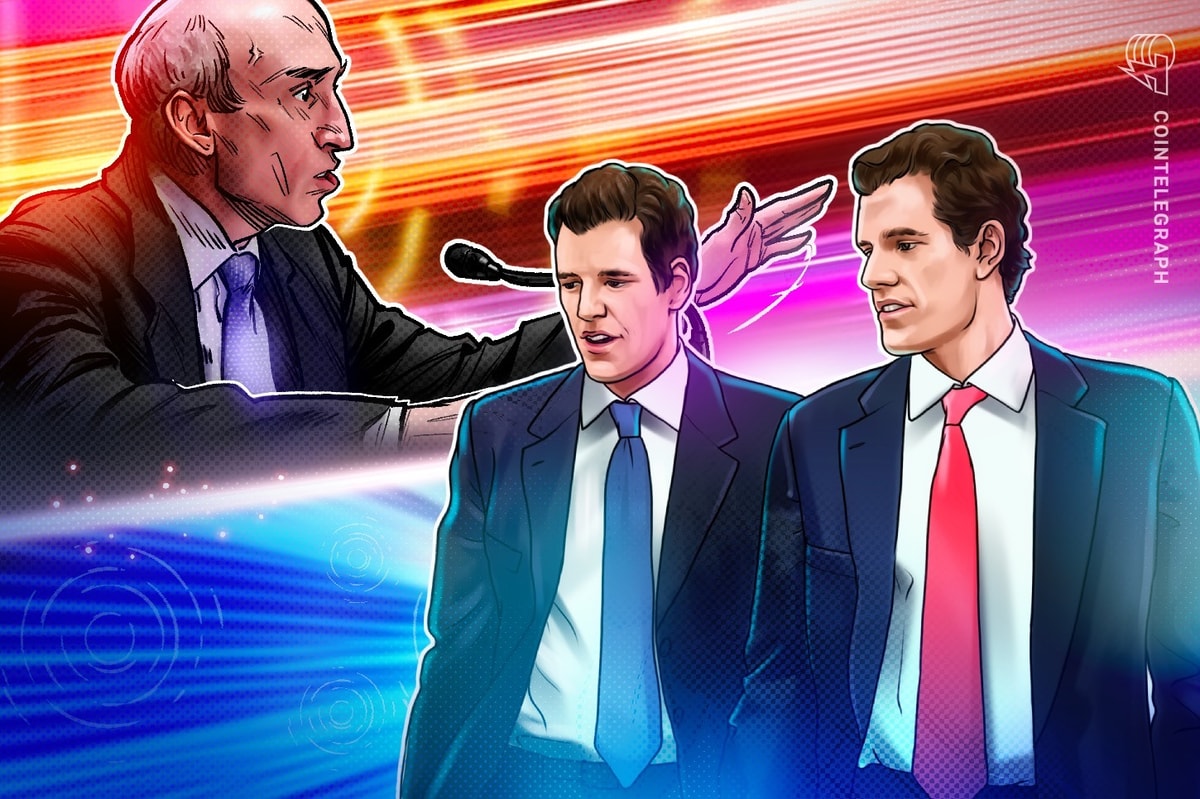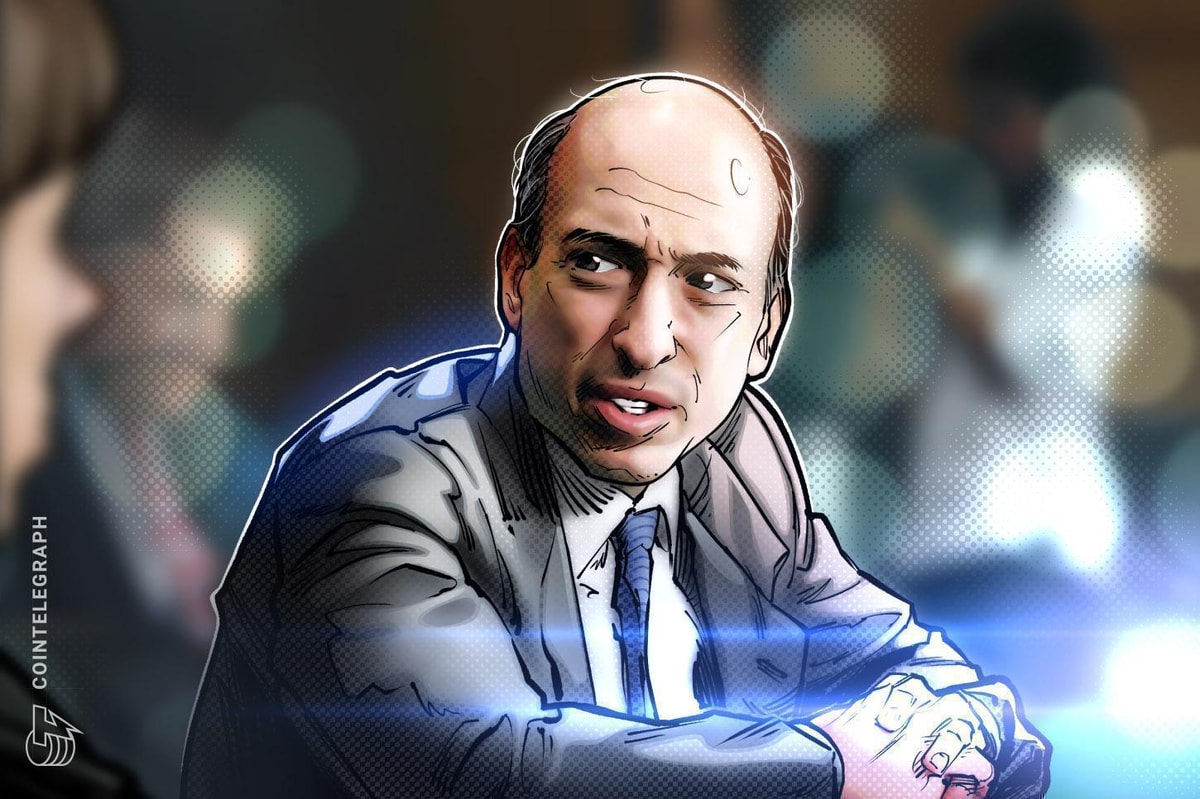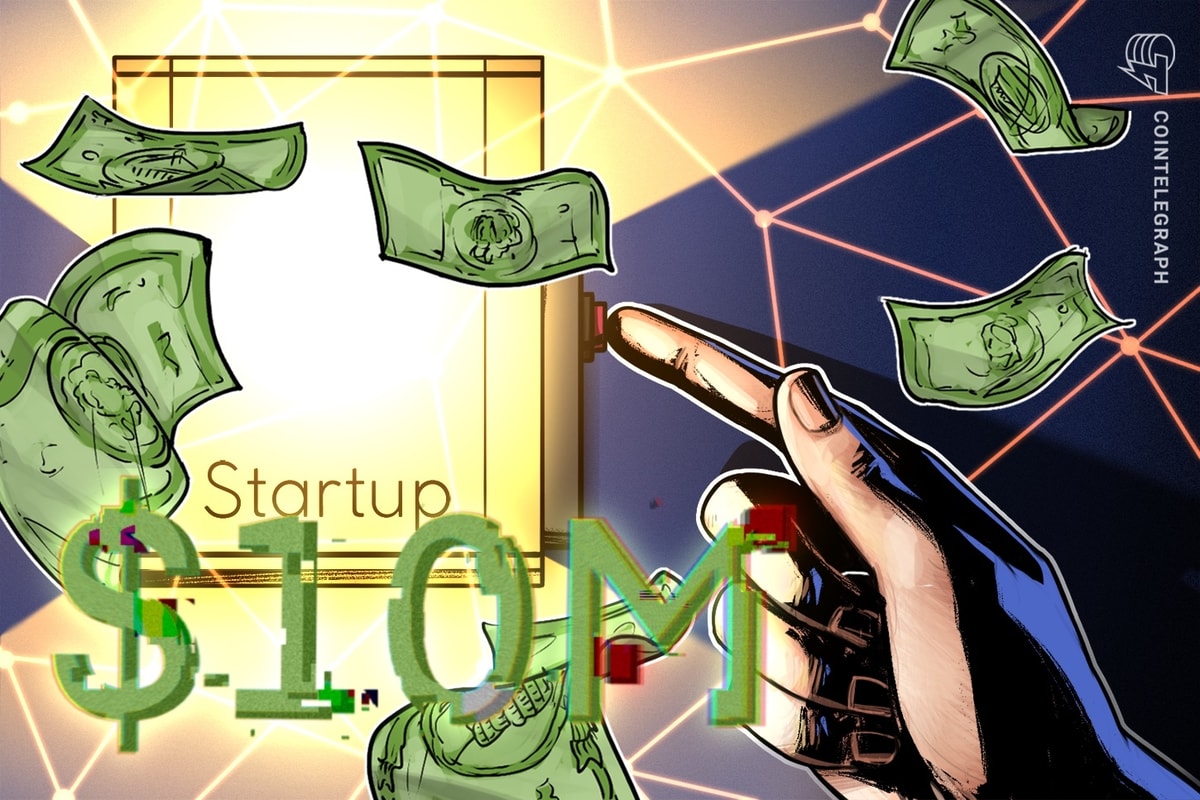
This article is an op-ed by Andrew DeSantis and the views expressed are those of the author.
On January 9th, 2007 the world as we know know it was forever changed. Apple Computer CEO Steve Jobs, took the stage at the Moscone Center in San Francisco and introduced the world to the iPhone.
Nine years later, many have trouble remembering what life was like before the rise of mobile. The average smartphone today is more than one million times smaller, one million times more affordable and one thousand times more powerful than a $60 million supercomputer was 40 years ago. As a result of successive radical innovation, we have truly changed the world, but more importantly the world has forever changed us.
In 1998, when asked what keeps him up at night, Bill Gates had a surprising answer. As the CEO of Microsoft, one might have expected him to say Apple, Oracle, or even Netscape. Instead he stated: “I worry about someone in a garage inventing something that I haven’t thought of.” Unbeknownst to Gates, at that very moment Larry Page and Sergey Brin were hard at work in a garage in Menlo Park. The fruit of their labor would go on to become Google.
Gates, like many of us, has accepted that change, particularly technological change, is one of the few constants in life and even the smartest among us can be caught be caught by surprise.
On January 3rd, 2009, less than two years after Jobs unveiled the iPhone, Satoshi Nakamoto sent an email to the renowned “Cryptography Mailing List” titled “Bitcoin v0.1 released.” The email contained a SourceForge link to the first bitcoin reference client and the following statement:
“Announcing the first release of Bitcoin, a new electronic cash system that uses a peer-to-peer network to prevent double spending. It’s completely decentralized with no server of central authority”
Nakamoto then went on to give a brief summary of Bitcoin’s implementation and explicitly add a disclaimer stating that the included software was still alpha and experimental.
When Jobs introduced the iPhone he had the attention of the entire tech world. Everyone knew the device would be a game changer, but no one could have predicted that five years later the iPhone would catalyze the creation of a ride hailing application called Uber. Today Uber has an estimated worth of $62.5 billion, higher than that of car markets GM, Ford and Honda, and could very well go on to become the world’s first trillion-dollar company.
Nakamoto’s announcement on the other hand went relatively unnoticed by the public, but a handful of dreamers immediately realized the ramifications of Satoshi’s vision. The first to respond to Nakamoto’s email was cypherpunk legend Hal Finney. Three days later on January 12, Nakamoto executed the first Bitcoin transaction, in block 170, sending 50 bitcoins to Finney.
In May of 2010 roughly a year and a half after Bitcoin’s genesis block was mined by Nakamoto, two members of the BitcoinTalk community forum executed the first real-world purchase. 10,000 BTC for a $25 pizza. Five and a half years have since passed and with a near six-billion dollar market capitalization it is safe to say that Bitcoin come a long way, but there is still a ways to go.
Bitcoin Today
Since 2013 the Bitcoin industry has somewhat operated in stealth mode. Companies like 21 Inc, BitGo and Blockstream have been hard at work in collaboration with the Bitcoin Core developers to ready Bitcoin for the next and brightest stage of its life thus far. In the words of software legend Joel Spolsky, “Good software takes 10 years. Get used to it.”
21 Inc’s CEO, Dr. Balaji S. Srinivasan stated the following in a lecture at Stanford University prior to founding 21:
“A good founder is capable of anticipating which turns lead to treasure and which lead to certain death. A bad founder is just running to the entrance of (say) the ‘movies/music/filesharing/P2P’ maze or the ‘photo sharing’ maze without any sense for the history of the industry, the players in the maze, the casualties of the past, and the technologies that are likely to move walls and changes assumptions.”
So what about Bitcoin is likely to “move walls” and “change assumption?” While user-monetizable data is of significant importance to Bitcoin’s future, the concept of “user-monetizable actions” is of far greater importance.
The DARPA Network Challenge
At 10 a.m. EST on December 5th, 2009 (this date was picked to commemorate the 40th anniversary of the Internet) the Defense Advanced Research Projects Agency (DARPA), known for creating the ARPANET, a precursor to the Internet and contributing to the onion protocol used by the Tor network, launched 10 red balloons in undisclosed locations across the continental United States. A month earlier DARPA proposed an open challenge to teams across the nation. The first team to locate all 10 balloons and report their findings to DARPA would receive a $40,000 reward. What happened next exceeded the researchers wildest expectations.
Less than nine hours after DARPA launched the balloons a team from MIT won the competition. How did they do it? By embracing the concept of user-monetizable actions.
In 2005, Jon Kleinberg of the Department of Computer Science at Cornell University and Prabhakar Raghaven of Yahoo! Research published a paper titled “Query Incentive Networks.” In it they write:
“The concurrent growth of online communities exhibiting large-scale social structure, and of large decentralized peer-to-peer file-sharing systems, has stimulated new interest in understanding networks of interacting agents as economic systems. Here we formulate a model for query incentive networks, motivated by such systems: users seeking information or services can pose queries, together with incentives for answering them, that are propagated along paths in a network. This type of information-seeking process can be formulated as a game among the nodes in the network, and this game has a natural Nash equilibrium. In such systems, it is a fundamental question to understand how much incentive is needed in order for a node to achieve a reasonable probability of obtaining an answer to a query from the network.”
Building off the ideas presented in Kleinburg and Raghavan’s research, the team from MIT came up with the following strategy:
“We’re giving $2000 per balloon to the first person to send us the correct coordinates, but that's not all -- we're also giving $1000 to the person who invited them. Then we’re giving $500 whoever invited the inviter, and $250 to whoever invited them, and so on.
"It might play out like this. Alice joins the team, and we give her an invite link like http://balloon.media.mit.edu/alice. Alice then e-mails her link to Bob, who uses it to join the team as well. We make a http://balloon.media.mit.edu/bob link for Bob, who posts it to Facebook. His friend Carol sees it, signs up, then twitters about http://balloon.media.mit.edu/carol. Dave uses Carol’s link to join … then spots one of the DARPA balloons! Dave is the first person to report the balloon’s location to us, and the MIT Red Balloon Challenge Team is the first to find all 10. Once that happens, we send Dave $2000 for finding the balloon. Carol gets $1000 for inviting Dave, Bob gets $500 for inviting Carol, and Alice gets $250 for inviting Bob. The remaining $250 is donated to charity.”
In essence the MIT team designed a recursive algorithm executed by willing participants by redistributing the prize money to the participants in such a way that a power incentive structure came to life.
While the MIT team’s accomplishment is significant, particularly from the perspective of academia, it wasn’t the only major insight derived from the DARPA Network Challenge. Hacker George Hotz, known as geohot, in 2007 was the first person to carrier-unlock an iPhone. Hotz later went on to jailbreak Sony’s PlayStation 3. Hotz recently made headlines when he and a writer from Bloomberg Businessweek took a drive around the San Francisco Bay area in a self-driving car he built alone in just a month. An hour prior to the start of the DARPA Network Challenge, Hotz tweeted to his then roughly 50,000 followers asking for their assistance in locating the balloons. Through his network Hotz located four ballons, he was then able to trade information with other teams ultimately bringing his balloon count to eight.
The approach taken by the MIT team displays the raw power that a properly designed algorithm can have outside as well as inside the confines of Silicon. Hotz’s approach, on the other hand, allows us to contrast the academic perspective with that of a single hacker wielding influence over a network of individuals.
If one combines the two approaches, by using Bitcoin to send microtransactions to their own network of followers, what you end up with is a variant of Kleinberg and Raghavan’s Query Incentive Network model that allows one to execute MapReduce-like operations over a large network of willing participants.
End-User Monetization
We can change our perspective, yet again, and view things through the eyes of an end user performing tasks on behalf of another individual. While this sounds like a new concept it really isn’t. Celebrities have monetized their actions on Twitter and Facebook for years. The musician Jared Leto and socialite Kim Kardashian have reportedly received payments as high as $13,000 per tweet for promoting products that fall in line with their personal brand.
Until now, it hasn’t financially made sense for a user with a few thousand followers to receive payments for endorsements. Additionally, most celebrities tend to rely on agents who cut deals with sponsors on their behalf. Even if the average user put in the effort to build a network of sponsors, it is highly unlikely that a sponsor would want to deal with a user who’s follower count is below 100,000. As with most scenarios that rely on the ability to perform microtransactions, the pre-bitcoin banking system isn’t designed to handle small, fast, and international transactions.
Earlier this week Srinivasan presented his thoughts on the future of user-monetizable actions. After presenting scenarios such as the Twitter covered above and derivatives such as a Bitcoin-based, decentralized version of Fiverr, he left two questions to ponder:
- What would life be like if even while you were asleep an autonomous agent handled requests that earned Bitcoin on your behalf?
- What would you do with your own personal army of willing, waiting, able and ready individuals?
Final Thoughts
The Bitcoin Engineering class at Stanford University has gone tremendously well. Likely because a majority of the students enrolled in the course have little to no previous knowledge about Bitcoin, they will be able to leverage the abstractions provided by the 21 Bitcoin Computer’s two1 Python3 library and quickly rhapsodize applications into existence without the burden of knowledge (fatigue) many of us have accumulated over the years.
A computer science student named Axel Ericsson hacked together his own tunneling protocol allowing him to securely communicate with his 21 Bitcoin Computer from a web browser. While a future release of the two1 library will likely support browser-to-machine BitTransfers triggered by 402 requests, today the 21 Bitcoin Computer is being used for machine-to-machine transactions. Most likely, Axel executed one of the world’s first 402 request transactions initiated from a web browser in exchange for user-monetizable data.










